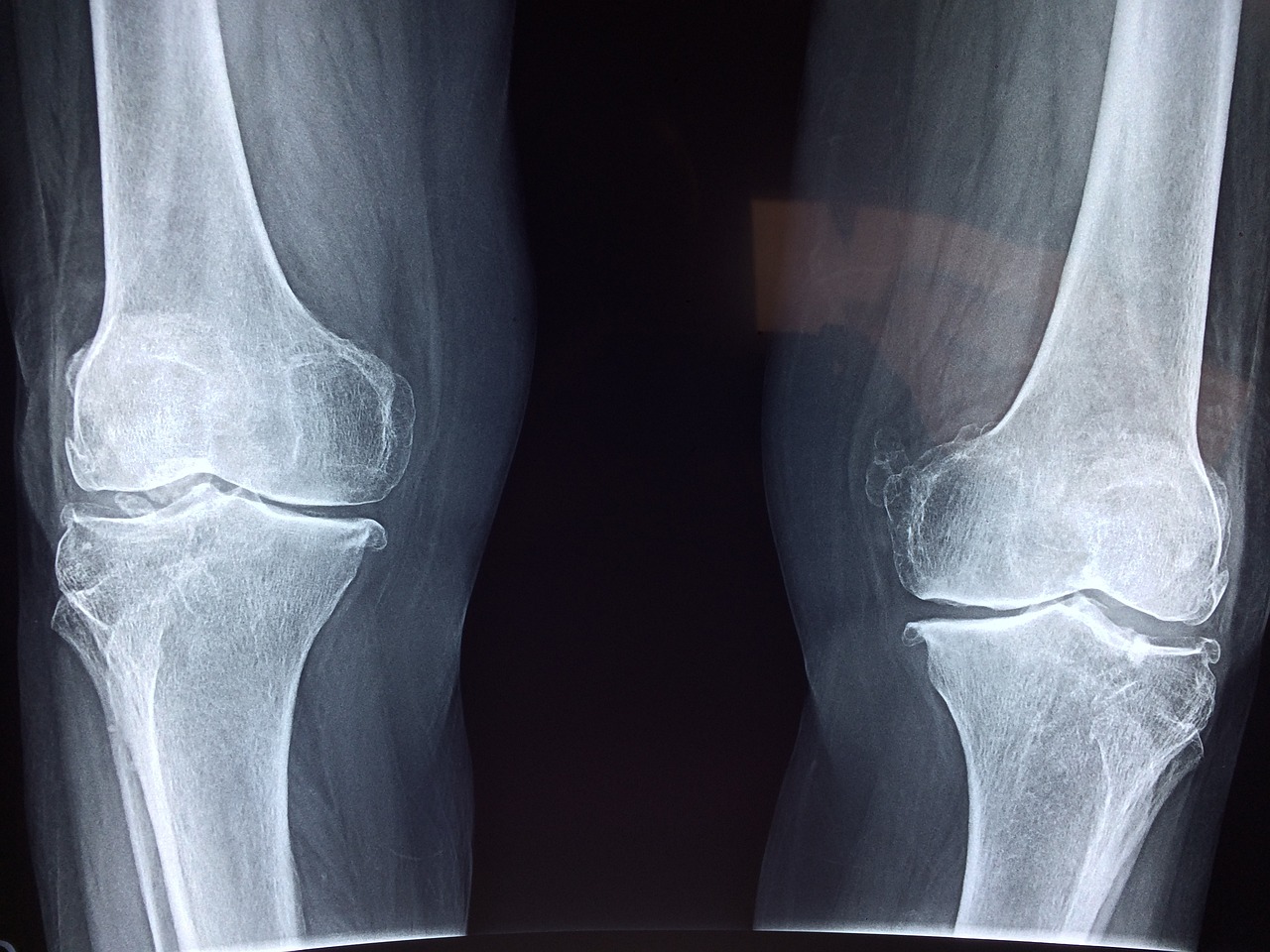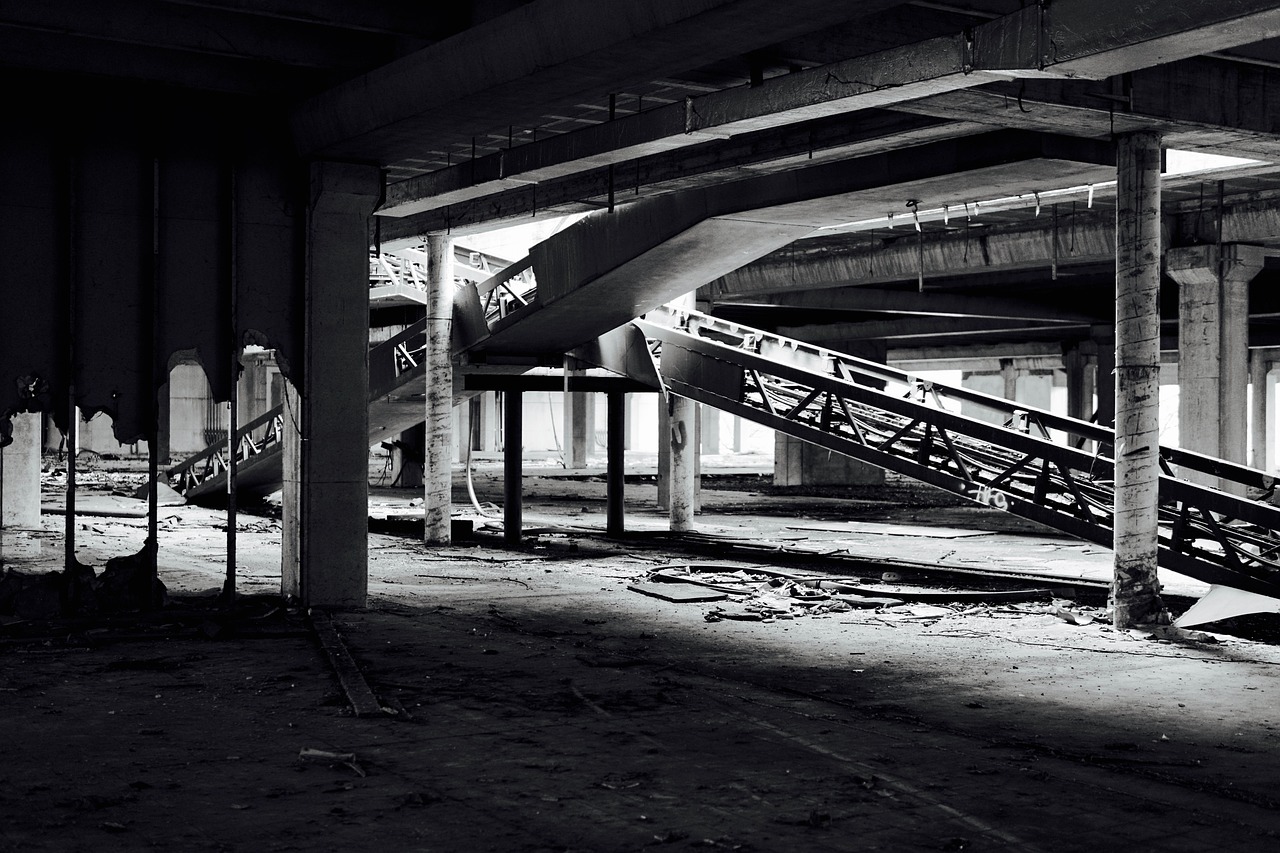
Throughout the country, businesses grow to keep costs down. One of the ways that they accomplish this task is by merging. And, if you think that residencies are any different, you would be wrong! Similar to many businesses, you may have noticed that residencies have grown bigger and bigger over the years. While it was once rare to hold ten residents per year per class 30 years ago, a radiology training program of that size is no longer unusual. So, what happens if you begin a radiology residency program and it merges during your four years? Will the residency approach you like a second-class citizen? Or, would you notice some fringe benefits from the process? We will treat these issues and more as we summarize the benefits and downsides of a residency merger!
Benefits Of A Residency Merger
More Residency Resources
First and foremost, you may notice that soon after a residency merger, you may be able to rotate through new departments. Or, you may have access to a simulation center that you did not have before. Furthermore, you may find new grants for residents to start research projects. And you may have at your fingertips a more extensive staff to choose from as your mentor or research partner. That doesn’t sound too bad.
Increased Prestige Of The Residency Merger
Before the merger, you might be in a small community program without “name recognition.” Now that you are part of a larger entity, you may find that hiring practices that want graduates from high-powered programs may be willing to look at your resume for your first job. There is more to a name than you might think!
Faculty With More Time To Teach
Sometimes, faculty at a hospital may no longer have the responsibilities to run their program as they did before. You may find that the staff can now dedicate more time to teaching and residency responsibilities.
Downsides Of A Residency Merger
Loss of Special Programs
As programs grow, they relook at areas in the budget that they can cut so that the senior administration can save some dollars. Perhaps, your residency may have had different outside rotations that you no longer “need” since the entity provides the same service. Or, you may have had a foreign travel program that the original institution sponsored. You know what they say in business: “Cut the fat!”
One Program Director For Many Sites
No longer, you can go to the same program director in charge of everything at your one site. Now, you have one program director for an entire system. What does that mean for you? The program director may have less time to focus on individual residents. Instead, they have multiple sites to “keep in line.” So, you may find that the director caters less toward you.
More Bureaucracy In The Residency Merger
On that same note, now that you have a more extensive system, you may find it more unwieldy for the Institutional Review Board (IRB) approval for research projects. Or, you may have more difficulty getting reimbursed by the system for expenses. With a larger institution, you exponentially multiply the “red tape.”
Increased Traveling Distances
Now that you have multiple sites within a more extensive system, you will likely need to travel to each location. If you live in the city, you may need to go to work via subway, train, or bus. You may need a new car if you live in the suburbs across from your original hospital. Unfortunately, you have a new budget item!
Some Disgruntled Attendings
At most hospitals, the faculty does not like change. Moving around resident call schedules and increasing the responsibilities of the staff can induce resentment among the mix. So they may be less willing to participate in the residency process. Or depending on how the system arranges coverage, attendings may have less time to teach. No change is perfect!
Less Intimacy
Remember that three-person class you had before when you learned each member’s quirks and foibles? Well, that is no longer the case. Now, you will have to contend with colleagues and attendings you will not get to know during your remaining years of residency. When your program touted a small program feel during your interview, they didn’t meet your expectations!
Dilution Of Resources
You remember what your teacher taught you in kindergarten- you need to learn to share! Perhaps, you had a fantastic faculty teacher on service. Or, your program had a one-of-a-kind pathology rotation within the institution. Now that you have a more significant residency, you may have less opportunity to use these resources because they need to be utilized by a larger body of residents.
Change And Residency Mergers
Change is hard. There is no way around it. And, when you enter a residency, some alterations from a merger are beyond your control. But, as you might initially think, a residency merger is usually not all bad or good. Instead, it will afford you some new opportunities and come with some additional palpable downsides. So, what is my advice? Make the most of a changing situation. Learn about the new lay of the land. You never know. Now that your program has included you in a more extensive system, you need to know it well. And make the most of its new opportunities even though they may have some downsides!















